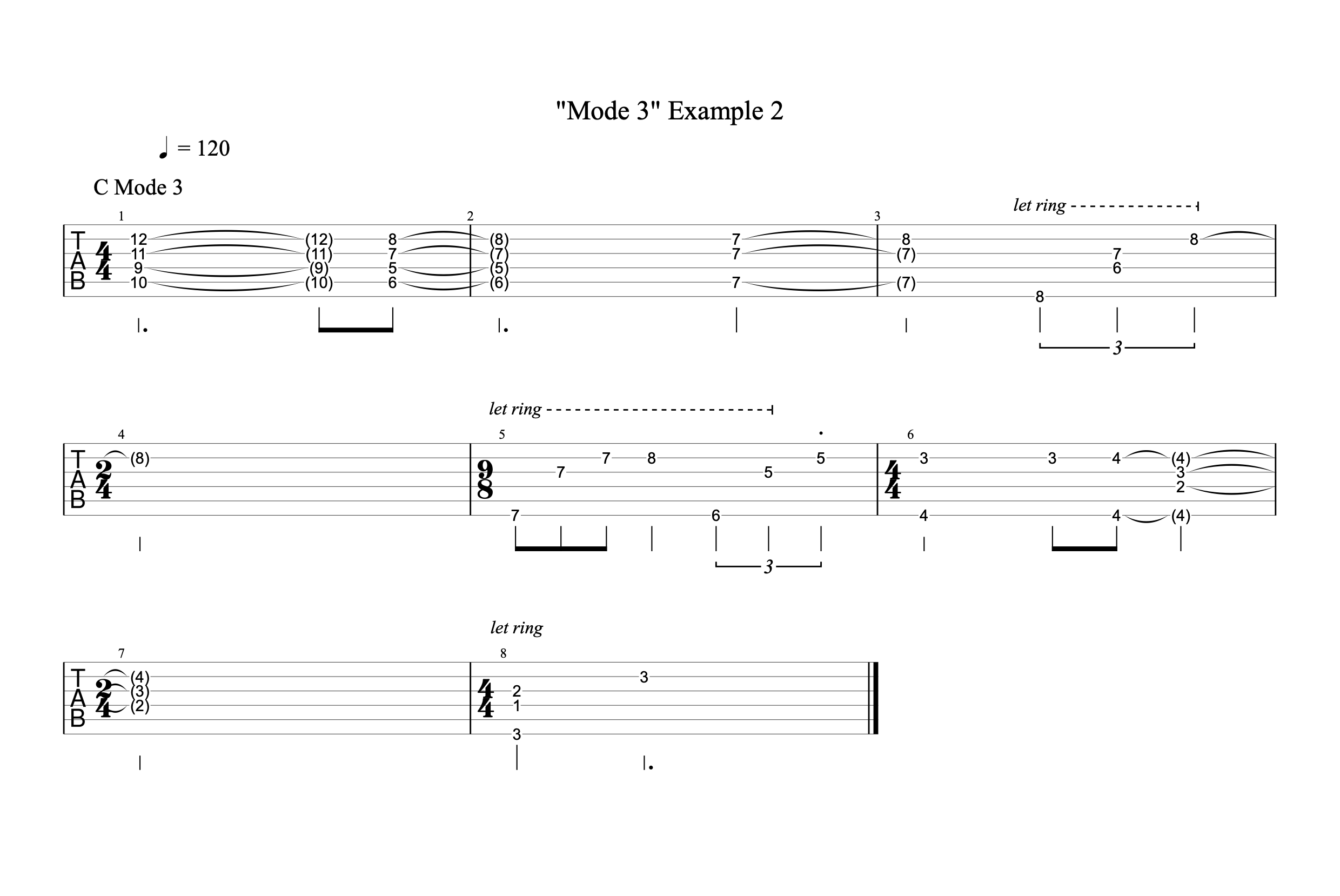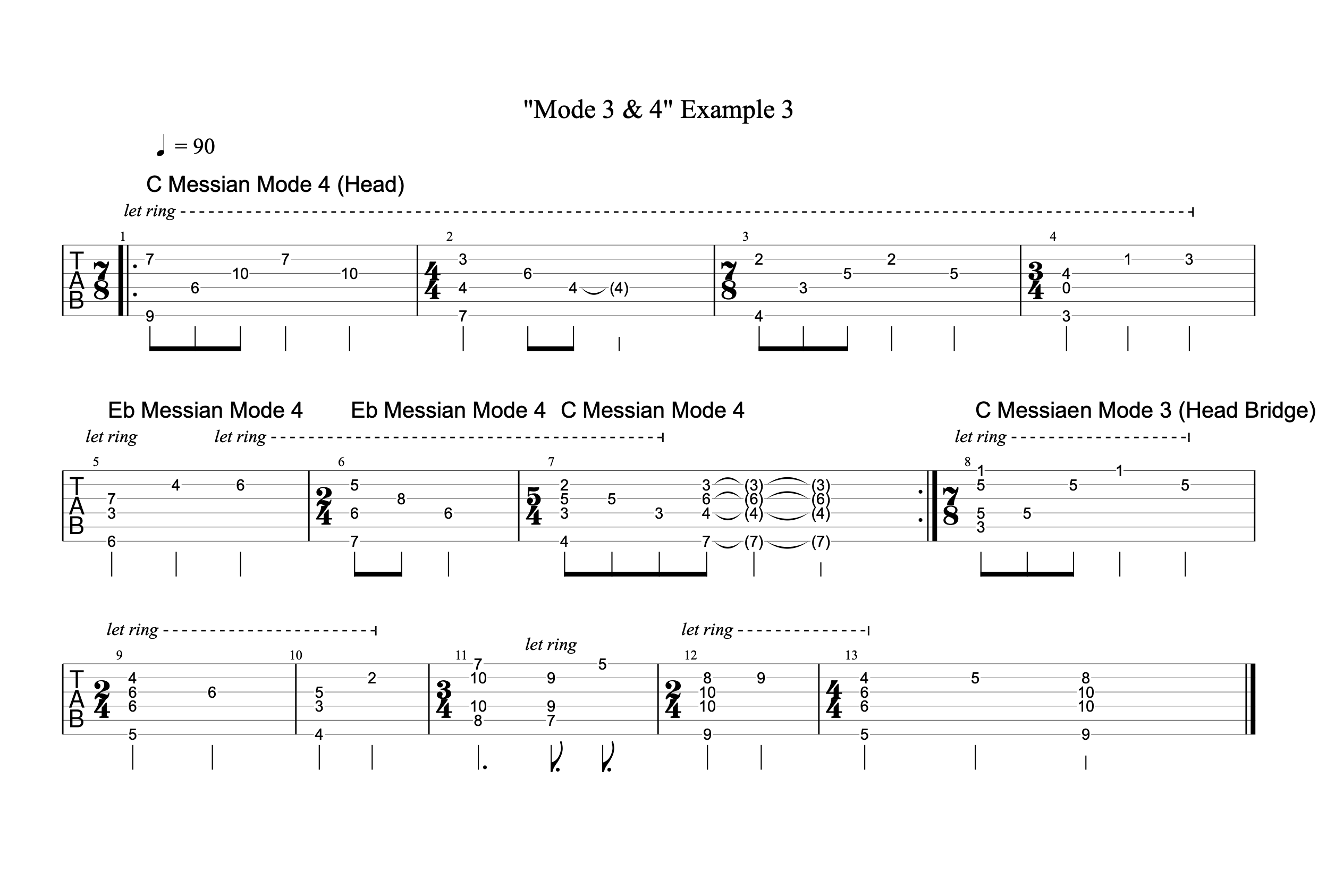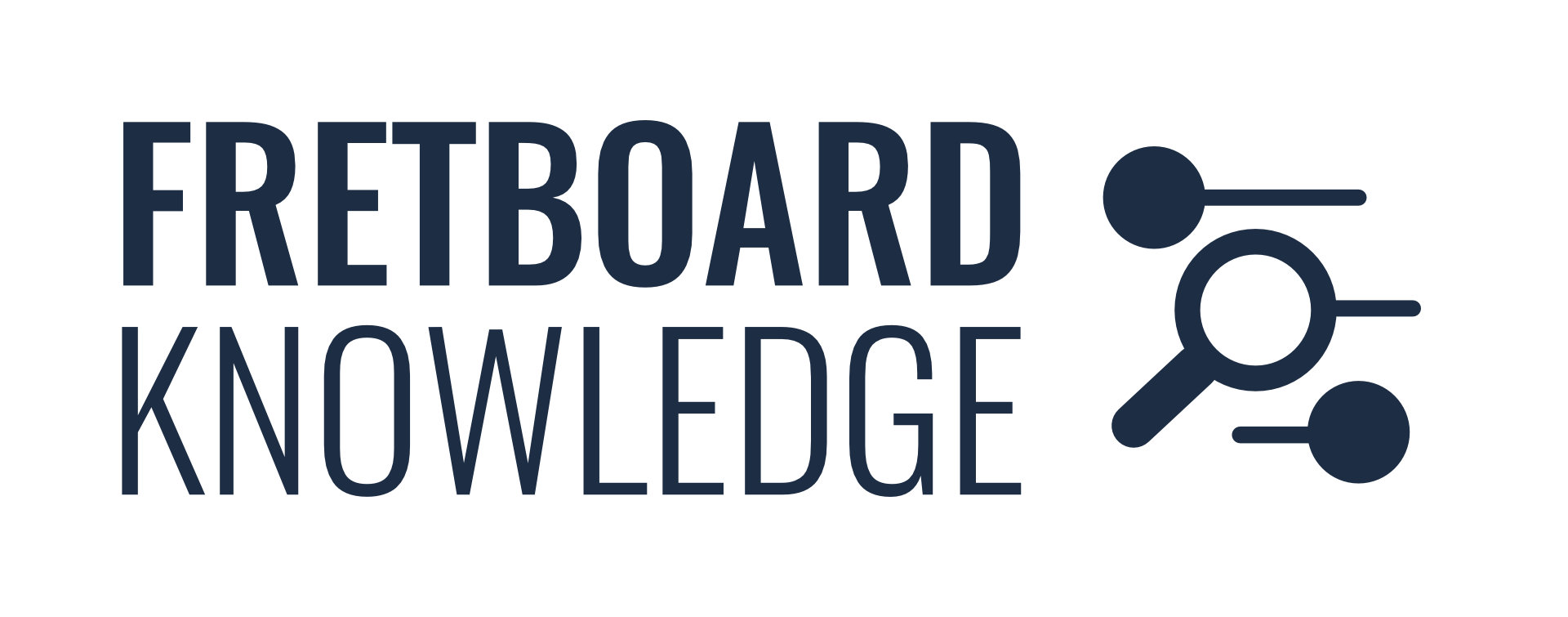In this lesson, we will discuss 8-note and 9-note non-diatonic scales and how to use them as compositional tools rather than just scales for improvisation.
I will show examples that utilize the Diminished scale (Messiaen's 2nd Mode) and Messiaen's 3rd and 4th Modes.

Guest Author: Brett Stine
Why should you compose with these scales?
One reason to investigate and use these scales in a compositional context is to break out of the more traditional chord progressions such as I-IV-V, ii-V-I, iii-VI-ii-V-I, etc.
While these are tried and true chord progressions used by countless composers in thousands of songs, other options do exist.
One of the fascinating things about non-diatonic scales is that you will often find chord progressions that most traditionalists would consider non-functional harmony.
But, these progressions are actually functional to these non-diatonic scales.
For example, if you saw this chord progression:
Cmaj7#11 || Abmaj7#11 || Emaj7#11
...you would probably assume that each of these chords was coming from three different major scales and the keys were cycling in major 3rds, and while that is true, all three chords also exist in C Mode 3 (Messiaen's 3rd Mode).
So, this progression is, in fact, functional to C Mode 3 and can be viewed as such when improvising over this progression.
Things to do
Things to do, look for, or think about when composing with these scales:
- Try to find unusual root movements. (move in cycles of 1/2-steps, whole-steps, m3rds, M3rds etc., rather than the more traditional 4ths and 5ths movements.) the intervallic cycles will be dictated by which non-diatonic scale you work with.
- As we did in the example above, try to find a particular voicing like Maj7#11 moving through a cycle of m3rds, M3rds, etc.,
- Try to find "Symmetrical Melodic Ideas" (melodic ideas repeated in cycles of 1/2-steps, m3rds, M3rds, etc., that stay within a given non-diatonic or symmetrical scale); the intro in Example 1 is an excellent example of "Symmetrical Melodic Ideas."
- Try to find unique voicings, clusters, and intervallic structures rather than the more common voicings found and used in most diatonic scales. For example, in C Mode 3, you can find the voicing C B Eb E; this can be seen in a few different ways as a Cm(maj7) with an added M3rd or a Cmaj7 with an added m3rd or a #9. This is not the most unusual voicing you can find, but it is not your everyday run-of-the-mill voicing; either experiment and see what you can find.
- Do not worry about naming voicings or using chord symbols. Since many of the voicings you will be dealing with will be intervallic structures, and clusters, naming them can and will be difficult. Often, no current commonly used chord symbol will effectively represent the intervallic structures, clusters, or sound you are trying to convey. Instead of chord symbols, I, much like Holdsworth, have started using symbols or writing the scale I am working with above the staff. For example, my symbols for Messiaen's 7 Modes are MM1, MM2, MM3, etc.
Examples
Below are examples of tunes or sections of tunes I have written using the approaches discussed above.
Example 1: "G H.W. Diminished"
This is a tune I dedicated to Allan after he passed away. I had written it days before, and his music very much inspired it. In this tune, I tried to utilize symmetrical melodic ideas, clusters, intervallic structures found within the Diminished scale, and more common compositional tools such as "Counter Point."

Example 2: "C Mode 3"
This is an example of a solo section of a tune that uses C Mode 3. The first half of this solo section utilizes much modulation until this particular section. Here I wanted to give the illusion of a lot of chordal movement while having it stay in one specific scale for six to eight bars. I tried to use unusual voicings and root movements in this section. Again I was not concerned with naming any of the voicings; though most of these would not necessarily be challenging to name, I just put "C Mode 3" above the staff.

Example 3: "C Mode 3 and 4"
This is an example of the head of a tune; here, I used intervallic structure and unusual voicings found in C Mode 3 and C & Eb Mode 4. This is also an example of how you can use various scales to create modulations.

A few other things to keep in mind when using these concepts is that songs tend to be written more like classical pieces, with much less room for interpretation as far as the head of the tune is concerned, unlike a jazz standard where you can use completely different voicings and rhythms and interpret it differently each time.
Holdsworth composed very much in this way. The heads of his songs are played very close to the same every time, while the solo sections are more open to interpretation. The other thing is that these scales tend to lead you in unexpected directions, so composing in this way, enables you to come up with "things," movements, modulations, voicings, etc., you otherwise wouldn't. I have thought to myself many times, "If I wasn't thinking about "this" scale, I don't think I would ever have thought to do "that."
Well, that is all for now. I hope you got something out of it.
Until next time.
Guest author Brett Stine is a prolific guitarist and teacher and author of "In the Mystery", a definitive and authorised work on the style and approach of Allan Holdsworth.
Visit Brett's website: https://www.brettstinemusic.net/
Subscribe to Brett's Youtube channel: https://www.youtube.com/@jazzman938/
Check out Brett's awesome cover of Allan's solo on "The Drums were Yellow".

